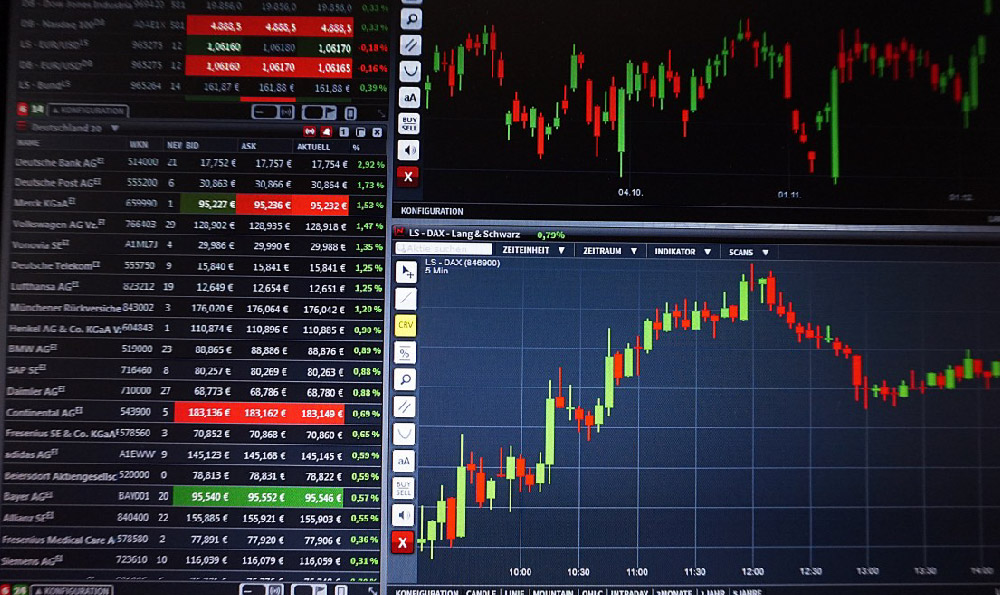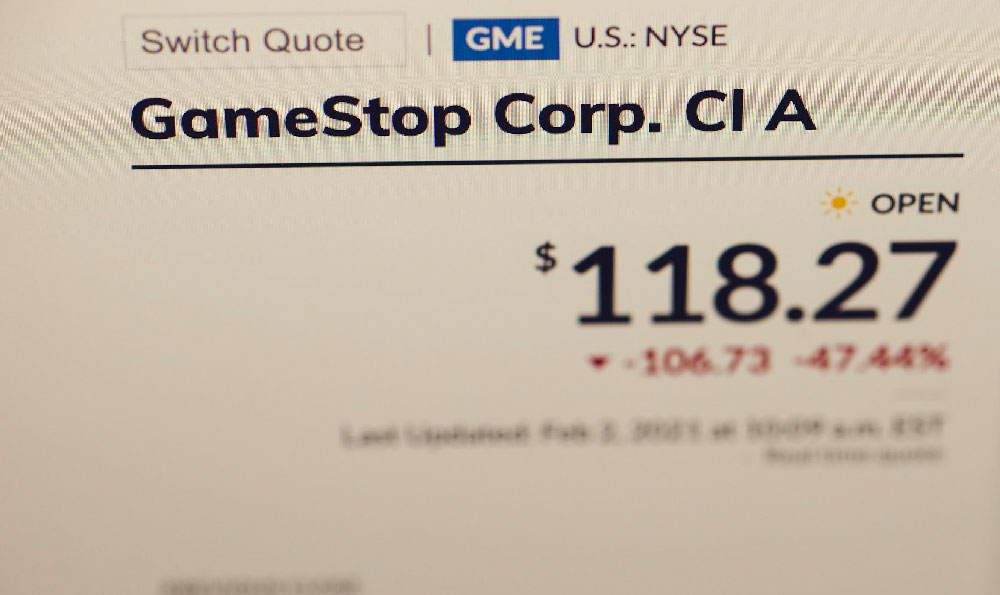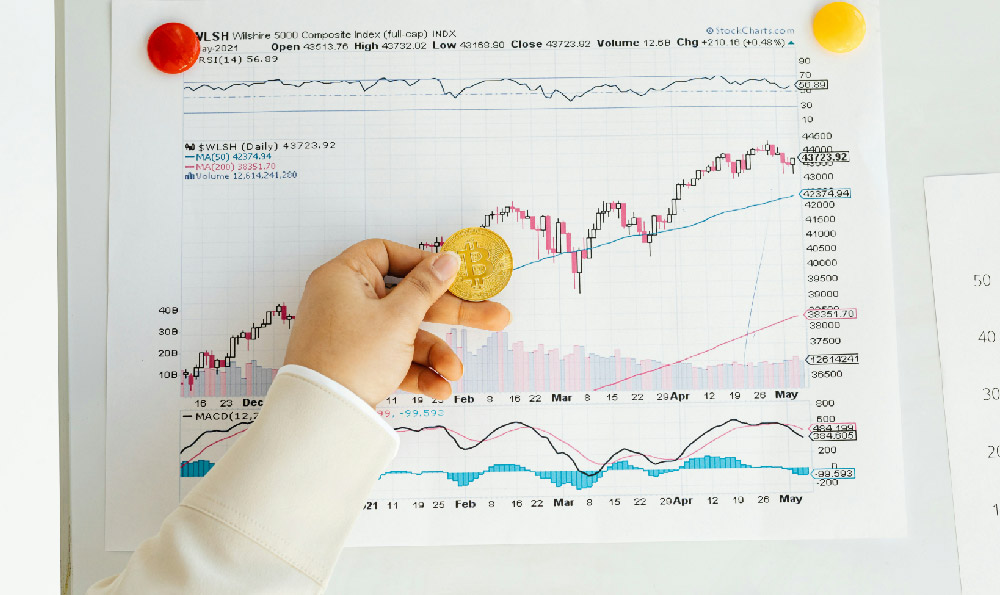Professional boxers earn money through a multifaceted system that intertwines athletic performance, market demand, and strategic business decisions. The financial landscape of this sport is not uniform; it spans a wide spectrum from modest earnings to astronomical figures, depending on the boxer's fame, fighting style, commercial appeal, and the era in which they compete. While some boxers sustain careers in the lower-tier divisions, others become global icons whose revenues dwarf those of their peers. The income streams are equally diverse, ranging from fight purses and sponsorships to media rights and ancillary ventures. This complexity demands a nuanced understanding of the industry to grasp the true earning potential of professional boxers.
At the core of a boxer's income lies the fight purse, which is the compensation received for participating in a match. This amount is determined through negotiations between promoters, managers, and the boxers themselves, often influenced by factors such as the opponent's reputation, the event's profile, and the geographic location of the fight. Fighters in higher weight classes or established names can command six-figure sums, while those in emerging leagues or lesser-known divisions may secure smaller rewards. However, the disparity is stark: a single championship fight for a top-tier boxer can surpass $50 million, as seen with Floyd Mayweather's 2015 bout against Conor McGregor, which generated an estimated $125 million in revenue. These exceptional figures, though rare, highlight the potential for extraordinary financial success in the sport, often driven by the combination of elite skill and strategic branding.
Beyond fight purses, professional boxers cultivate additional sources of income through their careers. Sponsorships have become a cornerstone of modern boxing, with athletes frequently signing lucrative deals with brands spanning athletic wear, beverage companies, and fashion labels. For example, the widespread adoption of Nike and Under Armour by top boxers has led to partnerships valued at millions of dollars annually. These sponsorships are not merely perks but represent a form of financial security that allows boxers to diversify revenue beyond the ring. Furthermore, boxers in the mainstream often leverage their platforms by securing media rights, either through broadcasting contracts or streaming deals, which can provide ongoing income even after their competitive careers conclude.

The economic impact of boxing is also shaped by its global reach. While the sport has deep roots in countries like the United States, the United Kingdom, and Mexico, it has achieved international popularity, particularly in regions such as Japan, China, and the Middle East. This expansion has created new revenue opportunities, with boxers often negotiating contracts in multiple jurisdictions. The emergence of digital platforms has further amplified this trend, allowing boxers to generate income through online content creation, social media engagement, and virtual events, providing additional avenues for financial gain even outside traditional boxing matches.
The financial success of professional boxers is not solely a product of their abilities but also a reflection of their career longevity and adaptability. While some boxers have short, high-impact careers, others manage to extend their professional lives through strategic planning, such as transitioning to coaching, broadcasting, or management. This ability to evolve beyond the ring not only enhances their financial stability but also allows them to remain influential figures in the sport long after their days as active fighters have ended. Additionally, boxers who diversify their skills, such as integrating music, acting, or business ventures into their careers, often create additional income streams that contribute significantly to their overall earnings.
The economic dynamics of boxing are further influenced by broader market forces, including the role of promoters and the structure of revenue-sharing agreements. Promoters play a critical role in organizing fights and managing contracts, which often involves negotiating the terms of financial compensation. Some boxers, particularly those in rising leagues, may agree to lower fight purses in exchange for guaranteed contracts, access to global audiences, and opportunities to increase their market value over time. This reflects a complex balance between short-term financial gains and long-term career development, similar to other professional sports where athletes must navigate contractual obligations and revenue streams to maximize their earning potential.
Moreover, the financial success of boxers is closely tied to the broader economy and the industry's evolution. As digital platforms reshape the way people consume content, boxers must adapt to new revenue models, such as engaging in social media marketing or participating in virtual events. This adaptation not only opens additional channels for income but also ensures their relevance in an increasingly competitive market, allowing them to sustain financial viability even as traditional boxing avenues may shift. The dual nature of boxing as both a physical sport and a cultural phenomenon underlines the importance of financial literacy and strategic planning for boxers to fully capitalize on their opportunities.












